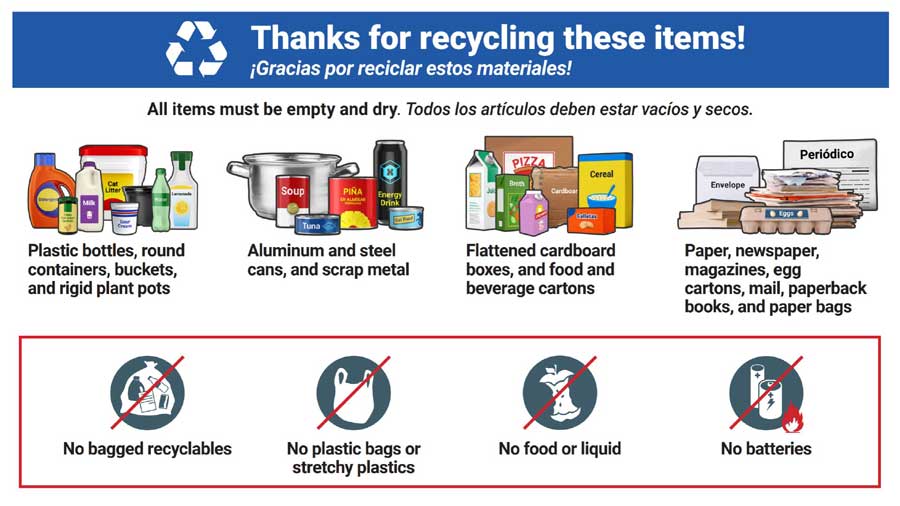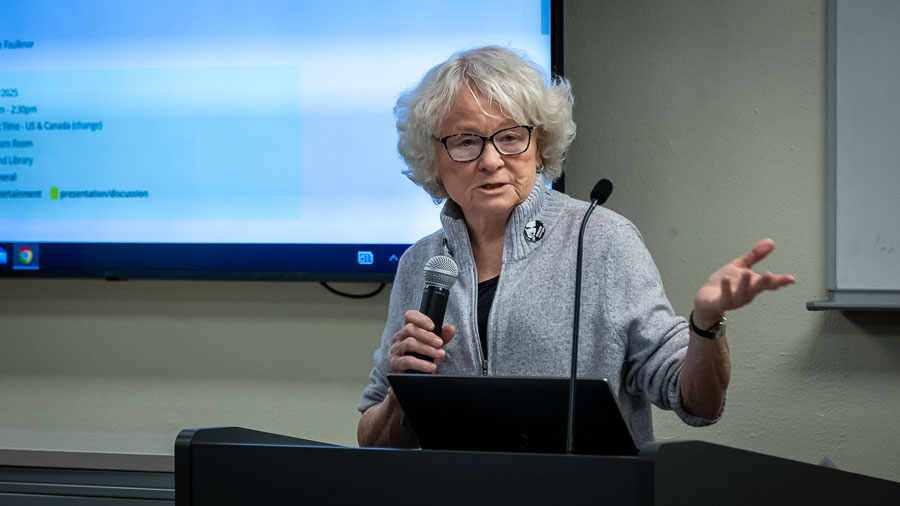OTHER VIEWS: Land-use provision a small, but needed, step
Published 5:00 am Friday, February 16, 2024

- other views logo
The only phrase generating more heat than “Measure 110” in Salem these days is “urban growth boundary.”
Wonky as it may be, a proposal to allow cities to modestly expand their boundaries for new residential development is drawing the kind of fervent opposition characterizing efforts to roll back Measure 110’s drug decriminalization.
Environmental groups and anti-development skeptics are among those heaping disdain on the boundary expansion provision included in Senate Bill 1537.
In a legislative hearing last week, they decried the bill’s allowance of even small increases of developable land as fomenting urban sprawl and the paving over of Oregon farms. Similar pressure helped kill a more aggressive boundary expansion bill last year.
But just as lawmakers cannot be timid in addressing Oregon’s drug crisis, they should similarly recognize the need to go bold in addressing our severe housing deficit. Oregon is 140,000 units short of the housing we need, and the state has been under-building for decades.
“If our land use system cannot accept modest change, it will calcify and it will fracture over time.”
State Rep. Pam Marsh, D-Ashland
Inadequate housing has not only driven up rent, home prices and homelessness, but it has implications for the state’s ability to retain employers, grow its population, fill labor shortages and sustain our schools, communities and state.
We cannot get out of this crisis with middling measures that don’t urgently meet the needs of today.
SB 1537 is Gov. Tina Kotek’s top priority for the session for all the legitimate reasons cited above. The bill would create a new state housing production accountability office that would work with cities to ensure they meet housing goals. It would earmark $200 million for infrastructure investments such as laying plumbing and building roads.
And it would create a $200 million revolving loan fund to help finance workforce housing developments aimed at middle-income families — a proposal championed by Reps. Pam Marsh, D-Ashland.
Much of the bill is broadly popular, but even this year’s slimmed-down proposal that allows cities a one-time expansion of their urban growth boundary has hit a wall of opposition. The provision allows cities to add no more than 75 acres or 150 acres — depending on population size — provided they meet strict eligibility conditions and reserve at least 30% of units for affordable housing serving low-income and middle-income Oregonians.
The idea is to allow modest increases that can support “complete communities” with a range of housing choices, population density, amenities and other infrastructure. This does not upend our cherished 50-year-old land-use system. It is a carefully crafted, temporary revision that acknowledges the system has not kept up with our needs and that the urgency of our crisis demands action now.
In fact, a refusal to revise the system is a threat to its long-term viability, as Marsh — who has proven her environmental credentials time and again — noted in her testimony to the committee.
“If our land use system cannot accept modest change, it will calcify and it will fracture over time,” she said.
Nor will this bill bring the kind of devastation that critics are claiming. Under the bill, high-value farm and forest land will remain off-limits; development in the expanded area must meet density minimums — canceling the fear that an expansion will only lead to large single-family homes — and cities must demonstrate their need, both for additional land and for relief of cost-burdened residents.
In fact, legislators should worry whether SB 1537 is too restrictive. While consideration of multiple viewpoints should shape public policy, the policy must still be tightly focused on the objective it wants to achieve — housing production at a rate nearly twice the current level.
Oregonians as a whole share pride in how the state has carefully sought to limit sprawl and protect the farms, forests and natural spaces that make Oregon as beautiful and singular as it is.
But we also must recognize that thousands of Oregonians no longer call this state home, having moved out as costs have soared. Thousands more have no home except for the streets and parks where they are camping. And tens of thousands more are struggling to pay rent or mortgages in a state that simply provides too few places for people to live.
The status quo hasn’t been working.
Legislators must recognize that we can make small revisions to our land-use system and still be proud and protective of this place that we call home.
“If our land use system cannot accept modest change, it will calcify and it will fracture over time.” State Rep. Pam Marsh, D-Ashland {related_content_uuid}25c22696-650a-497a-88b1-2759291dd2e2{/related_content_uuid}










